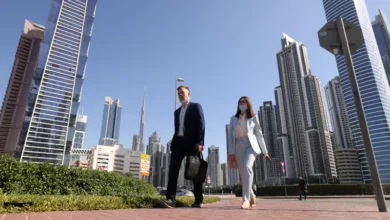Digital, electric solutions can cut carbon emissions in office buildings by 70 pct

Retrofitting buildings using a digital-first approach is the best pathway to decarbonization, according to new research from Schneider Electric, the leader in the digital transformation of energy management and automation.
Buildings represent an estimated 37 percent of global carbon emissions, and as about half of today’s buildings are still likely to be in use in 2050, the sector must urgently reduce operational carbon emissions, by making buildings more energy efficient.
The research findings show that deploying Schneider Electric’s digital building and power management solutions in existing office buildings could reduce their operational carbon emissions by up to 42 percent with a payback period of less than three years. If fossil fuel-powered heating technologies are replaced with electric-powered alternatives, and a microgrid with local renewable energy sources is installed, all-electric, all-digital buildings will see an additional 28 percent reduction in operational carbon emissions resulting in a total reduction of up to 70 percent.
Mike Kazmierczak, Vice President of the Digital Energy Decarbonization Office, the team leading the science-based research and product innovation to accelerate the energy transition within Schneider Electric’s Digital Energy division, explained that, “Tackling operational emissions is the number-one lever to decarbonize existing buildings at scale and achieve net-zero emissions targets by 2050. This breakthrough research reveals that reducing carbon emissions by up to 70 percent is feasible if we transform our existing building stock into energy-efficient, fully-electrified, and digitized assets.”
The research, carried out with the global design firm WSP, is based on modeling the energy performance and carbon emissions of a large office building built in the early 2000s across various US Climate Zones. This digital approach to building renovations is, however, applicable to all building types and climates, and is, therefore, the most effective building decarbonization strategy, yielding fast results with lower ‘upfront carbon.’
Renovating through the deployment of digital technologies is not only less disruptive to daily operations, but also more effective from a lifecycle carbon perspective. Failing to rapidly decarbonize buildings could also result in stranded assets that lose value and are unattractive to both investors and tenants.
Furthermore, recent research from the Boston University Institute for Global Sustainability and the Schneider Electric Sustainability Research Institute estimates that there is a sizable potential to create new jobs through the transition to low-carbon buildings.










